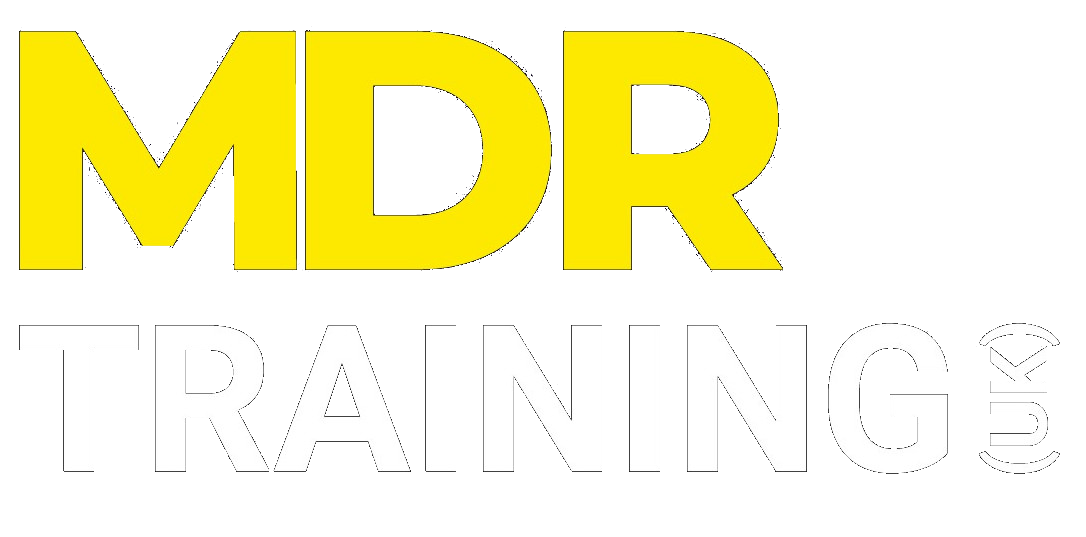DVSA Desk Based Assessments - How to Survive Them
Nobody likes having their business, maintenance and tachograph records scrutinised. Even the most compliant transport company, which conducts regular maintenance investigations, will find a DVSA desk-based assessment nerve wracking!
DVSA desk-based assessments appear to be on the rise and will continue to be central to the transport enforcement process.
A desk-based assessment usually follows some form of intervention, such as;
A roadside check where some action is taken.
An increase in authorisation or variation to the “O” Licence
A poor OCRS score can, and will, increase the scrutiny of your operator licence from the DVSA.
If a desk-based assessment goes badly, you may find yourself in front of the Traffic Commissioner at a Public Inquiry.
What is a DVSA Desk Based Assessment?
A desk-based assessment is basically a remote audit of your compliance systems. You will receive a letter from the DVSA, who will expect you to submit a description of your internal systems and documented evidence for them to review.
You usually have 7 to 10 days to respond to a request.
The DVSA will assess your systems and procedures and prepare a report of their findings, along with any areas of concern. You will usually be given the opportunity to respond to the DVSA’s findings. A report will then be sent to your Traffic Commissioner, where, if there are any failings, a Public Inquiry or Preliminary hearing will be called.
Dealing with a DVSA Desk Based Assessment
The first thing to do is deal with the request promptly. You have a 7 to 10 day deadline to submit the assessment. If you feel you cannot meet the deadline, it’s important to communicate with the DVSA. The DVSA will, provided the request is reasonable, allow additional time for your response.
Make sure you submit ALL the requested documentation. Make sure you understand exactly what the DVSA wants to see and the associated evidence. Mistakes at this point can lead to a failed assessment and you at a Public Inquiry.
It needs to be a COMPREHENSIVE report. You need to provide sufficient information, evidence and documentation to show the DVSA you have robust and “fit for purpose” systems in place and you can prove that they work.
What will the DVSA want to see?
Usually, they will want to see evidence you have systems in place for the following:
Vehicle maintenance records
Tachograph and infringement reports of drivers hours
Training (such as Driver CPC and a Transport Manager CPC Refresher)
Driver licence checks
Can you avoid a DVSA Desk Based Assessment?
In short, no. You will face one at one point or another. Providing you have the policies, systems and procedures in place beforehand, a desk based assessment does not have to be daunting.
A great way to ensure your transport operation has everything in place to answer a desk based assessment is regular examination of your current systems. Ask yourself:
Are they fit for purpose?
Is there enough evidence?
Is there an auditable trail?
How can I mitigate the risk of a DVSA Desk Based Assessment?
One solution to maintaining compliance is a regular independent compliance audit. A third party will conduct an annual audit to highlight any areas of concern and give you the opportunity to rectify any issues before they cause problems.
It is also key for your Transport Manager to keep abreast of current rules and best practice methods. A CPC Refresher or TM-Unlocked course will ensure your Transport Manager understands compliance and, most importantly, can protect your operating licence.
MDR Training offers a range of training and consultancy support services to the transport industry. If you need help or advice, contact the team on 01530 834 554.

